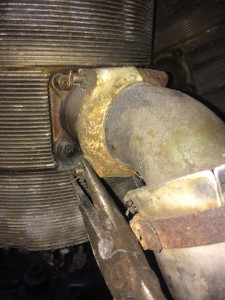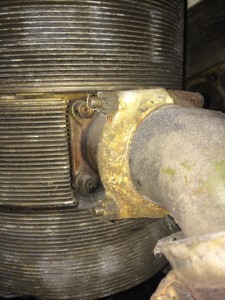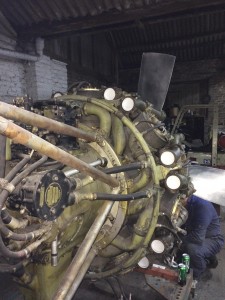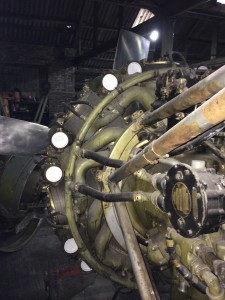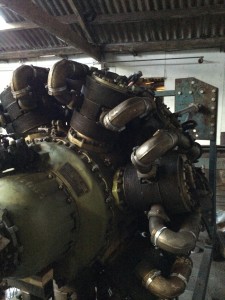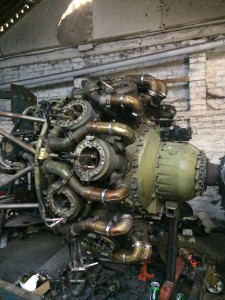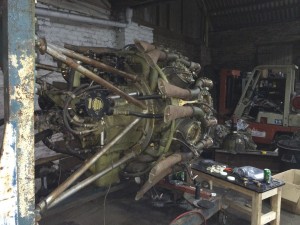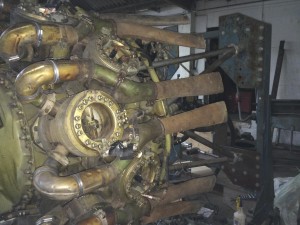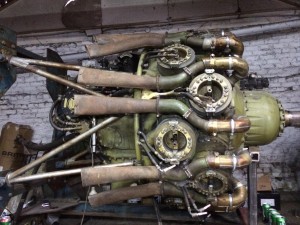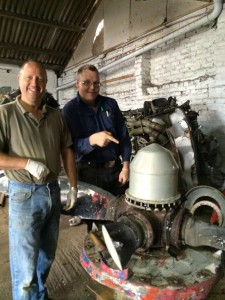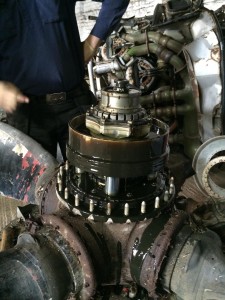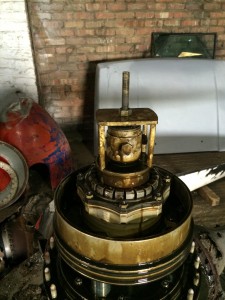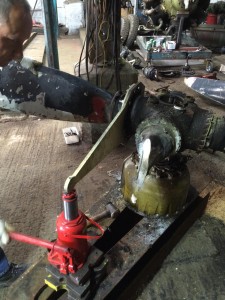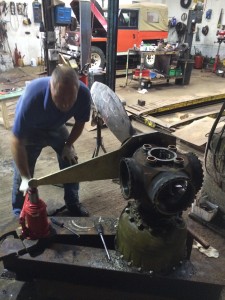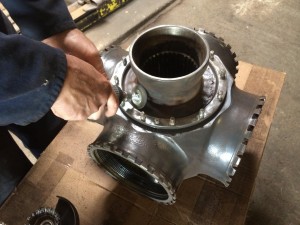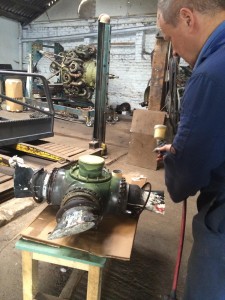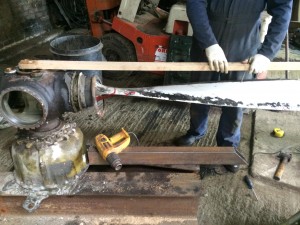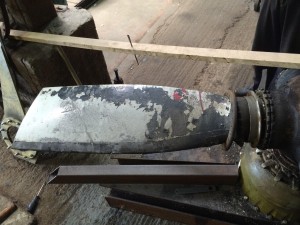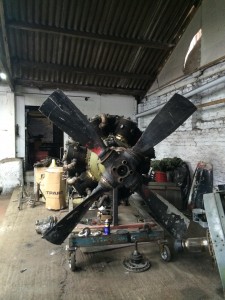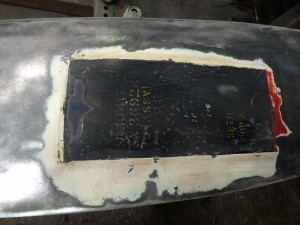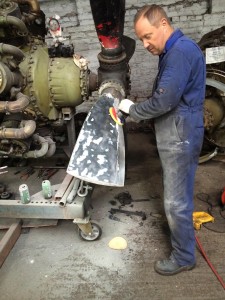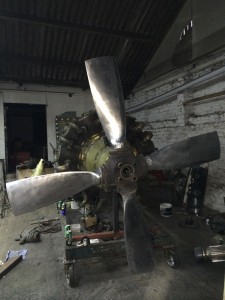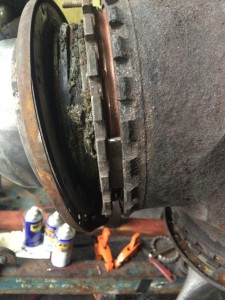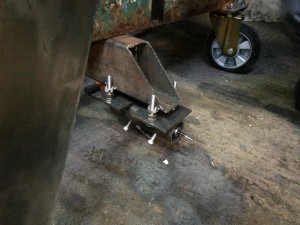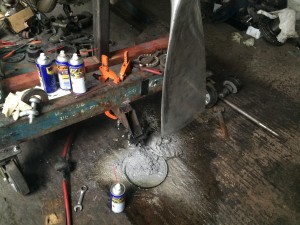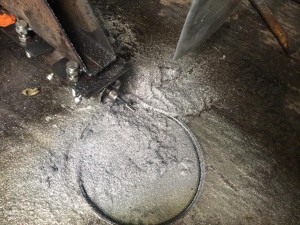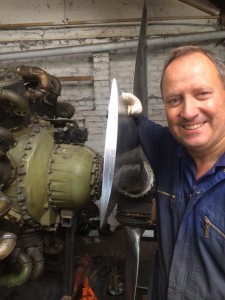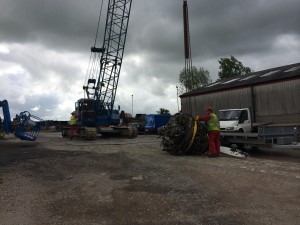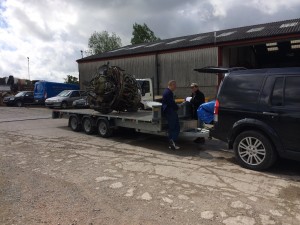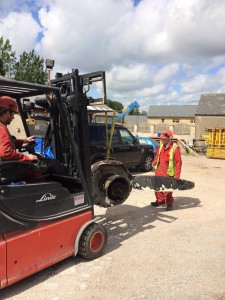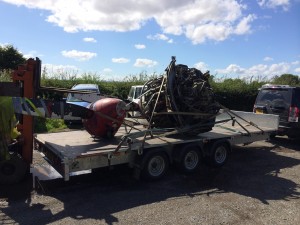We were aware of a 216 Hercules at the Yorkshire Air Museum and had seen it on many occasions. Via emails earlier this year we were told that they planed to get it up and running, which we offered our assistance in any way we could help, it would of been a great sight at that museum to see the old Hercules running next to the Halifax. After a few months we had heard nothing so we decided to pop down and see the progress, to our surprise we were told that the engine was being removed from that site by the owner! We had a quick look at the condition of the engine as we were told it had been left outside for a year! We found that by looking through the exhaust stubs that the sleeves looked in good condition with no signs of corrosion even though we were told by a couple of engineers at the museum that they had looked at it and found that it was seized. We managed to obtain the owners email address and emailed him straight away to see if we could acquire the engine and get it up and running. Well, Peter Blackburn who owned the engine and had lent it to YAM on long term loan in running order with with a full set of tools , exhaust and paper work for engine was not to pleased to say the least in how they had looked after his engine. The tools, exhaust and paper work had gone missing and they had left the engine outside! Anyway after a few emails he decided to let us buy the engine and get it up and running again.We have decided to attach a name plate in memory of his father who flew a couple of Hercules in WW2 attached to a Beaufighter in N Africa.
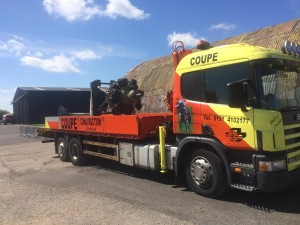
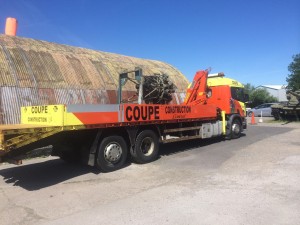
Here we are collecting the 216 from YAM
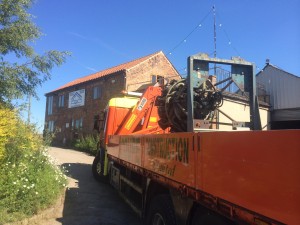
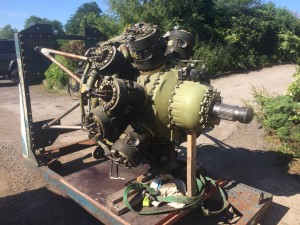
Forty five minutes later it’s back at it’s new home.
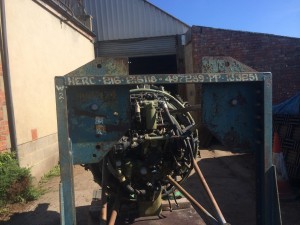
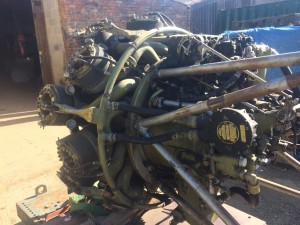
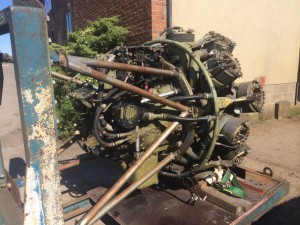
As you see it’s all there minus the exhaust , starter and plugs.
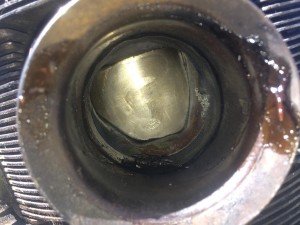
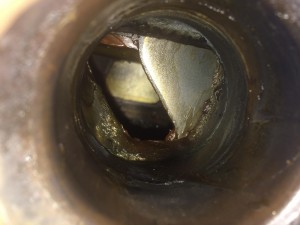
On closer inspection the internals of the engine look in pretty good condition and covered in grease!
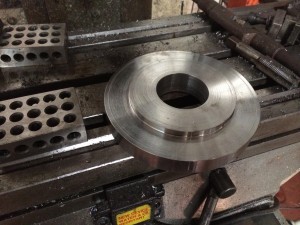
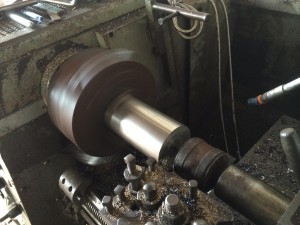
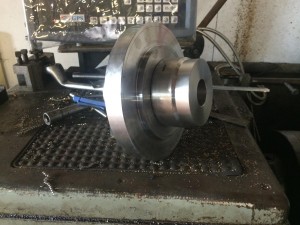
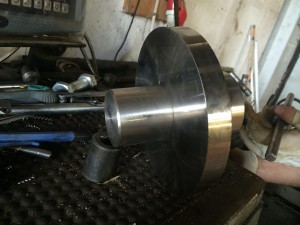
The first job we had to do was make a flange and starter dog so we could try and turn over the engine.
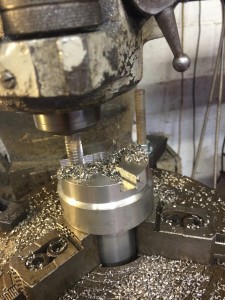
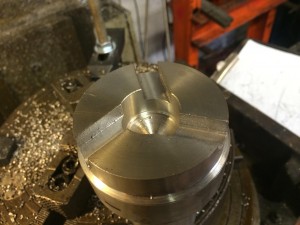
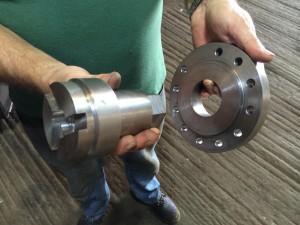
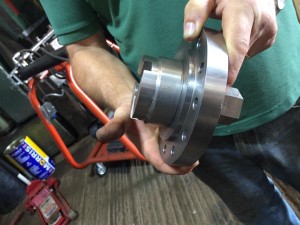
Just a bit more machine work for Pete!, it took a full day but it was needed.
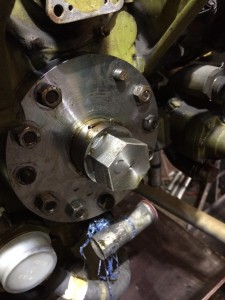
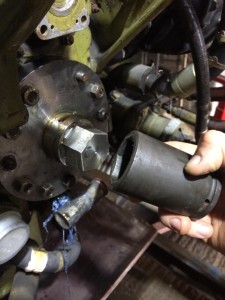
Once installed we tried to move the engine and found that No One sleeve was the only one not trying to move.
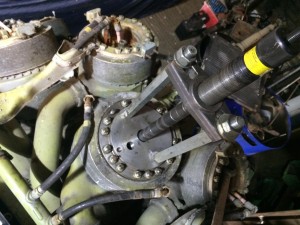
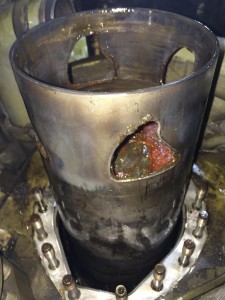
So we removed No.1 head and cylinder and then the engine turned over with ease.
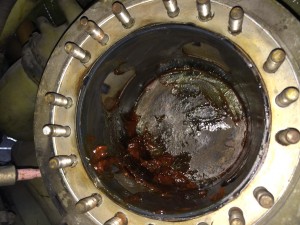
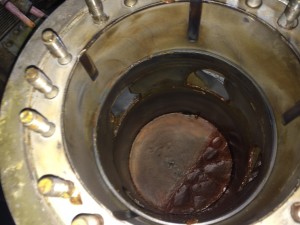
After seeing how much grease was inside the engine we decided to remove all the heads and clean the grease out.
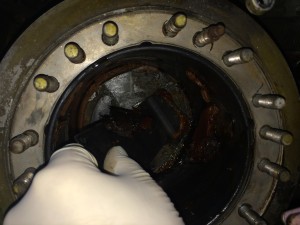
At this point we found out from Peter Blackburn that an engineer that worked for him called Michael Ferguson got the engine running to show Peters father which he loved here running again after so many years since his service in the RAF, then re-inhibited the engine. Sadly Michael passed away five years ago so it’s another fitting tribute to him that we get this engine running again, because if it wasn’t for his efforts this engine would of been scrap.
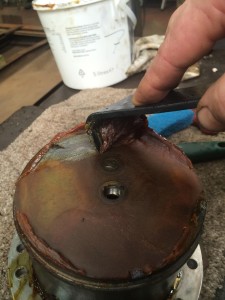
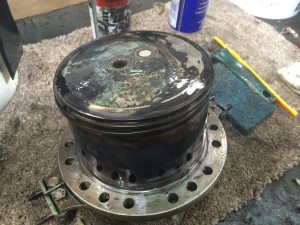
The heads took only a Saturday afternoon to de-grease and clean up.
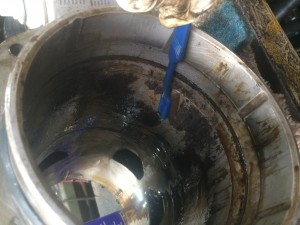
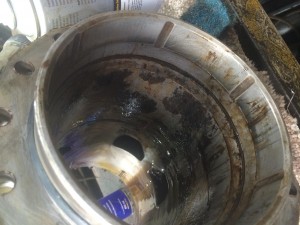
Out with the tooth brush again and clean up cylinder one of dried up deposits and free off the cylinder rings which were in good condition.
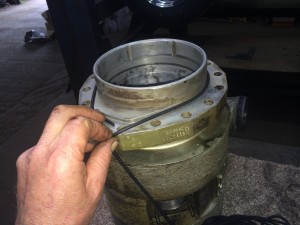
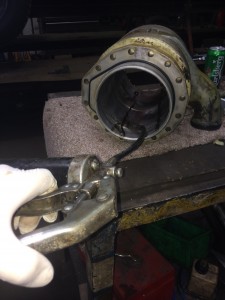
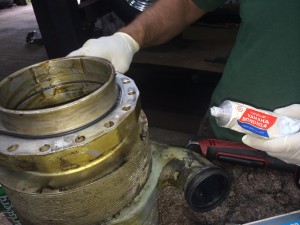
After cleaning up the cylinder, we lube it up, made a new “O” ring, applied som sealant and refitted the cylinder to the engine.Then we refitted the cylinder heads.
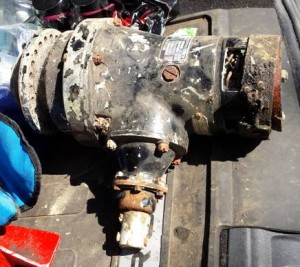

Brian Mills a fellow Bristol Hercules restorer helped source new spark plugs and a starter, the starter is in serviceable condition just needs cleaning up. We are very grateful to Brian for all his help in sourcing parts and advice.
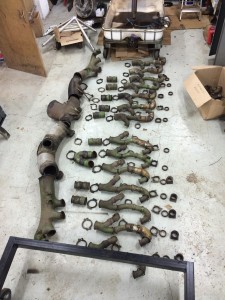
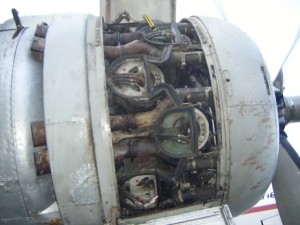
As we planed to give the 216 a test run before the end of September, don’t no why we decided that but it’s always good to have a target date! we better sort out an exhaust system. a complete 216 Exhausts are very hard to find now so we decided to fit the front part of the 264 system and then fit exhaust stubs like fitted to the Bristol Freighter.
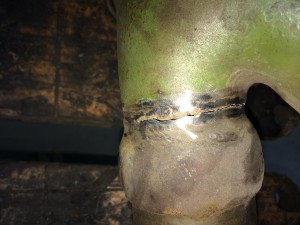
A few of the inter connecting pipes were cracked, so we tig welded them up.
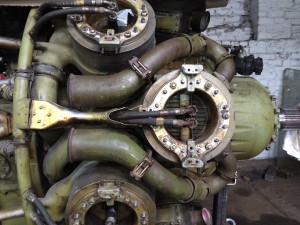
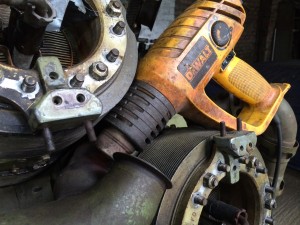
On a couple of the swivel joints we heated them up to free them off to allow us to align them up. It’s a fiddly job but once you get into the order you have to fit them, it doesn’t to to long to fit the exhaust.
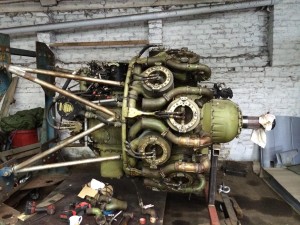
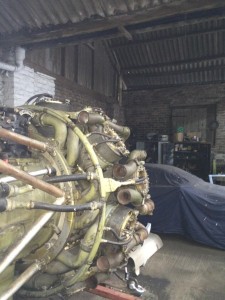
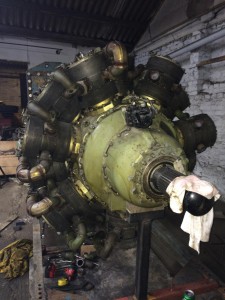
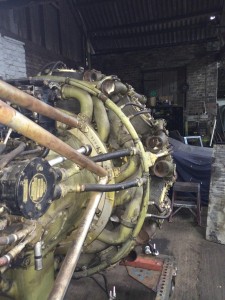
After another Saturday afternoons work, just over half of the exhaust is fitted.
